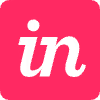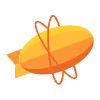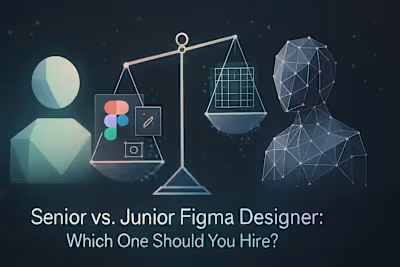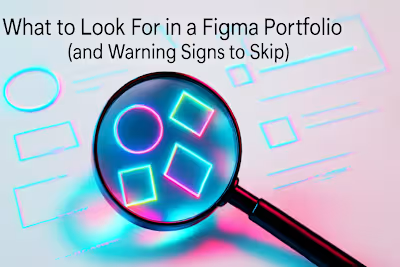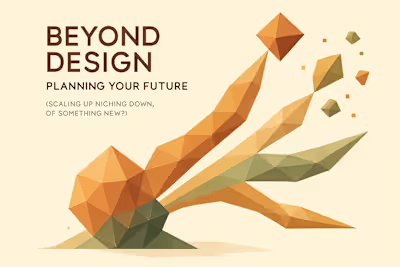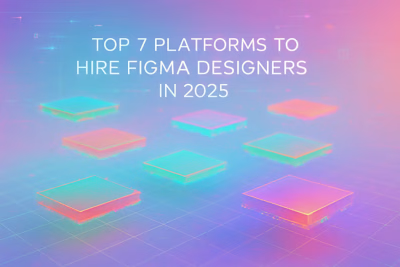25+ Insightful Interview Questions for Figma Designers
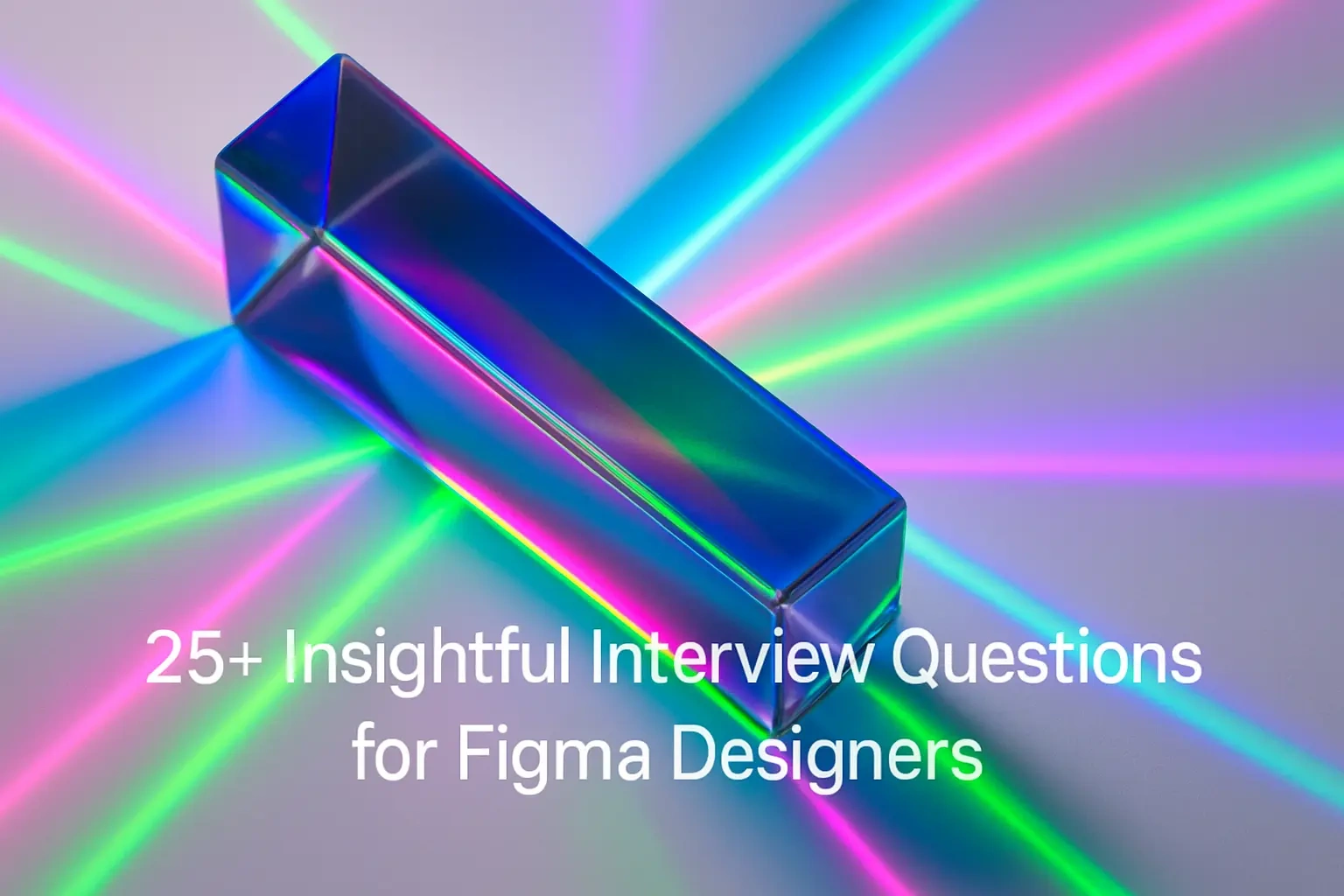
25+ Insightful Interview Questions for Figma Designers
Questions About Their Design Process and Philosophy
Walk me through a project you're most proud of. What was your specific role and contribution?
How do you decide what to research, and how does that research influence your design decisions?
Describe a time you received difficult or negative feedback. How did you handle it, and what was the outcome?
Questions to Assess Technical Figma Skills
How do you use components, variants, and styles to create a scalable design system in Figma?
Explain your process for creating responsive designs using Auto Layout and constraints.
How do you organize your Figma files and pages for team collaboration and developer handoff?
Questions About Collaboration and Communication
How do you prefer to collaborate with Product Managers and Engineers?
How do you hand off designs to developers? What information do you typically provide?
Tell me about a time you had to advocate for a design decision that was unpopular with stakeholders.
Problem-Solving and Behavioral Questions
Describe a complex design problem you faced and how you broke it down.
Tell me about a project that didn't go as planned. What did you learn from the experience?
References
25+ Insightful Interview Questions for Figma Designers
Questions About Their Design Process and Philosophy
Walk me through a project you're most proud of. What was your specific role and contribution?
How do you decide what to research, and how does that research influence your design decisions?
Describe a time you received difficult or negative feedback. How did you handle it, and what was the outcome?
Questions to Assess Technical Figma Skills
How do you use components, variants, and styles to create a scalable design system in Figma?
Explain your process for creating responsive designs using Auto Layout and constraints.
How do you organize your Figma files and pages for team collaboration and developer handoff?
Questions About Collaboration and Communication
How do you prefer to collaborate with Product Managers and Engineers?
How do you hand off designs to developers? What information do you typically provide?
Tell me about a time you had to advocate for a design decision that was unpopular with stakeholders.
Problem-Solving and Behavioral Questions
Describe a complex design problem you faced and how you broke it down.
Tell me about a project that didn't go as planned. What did you learn from the experience?
References
Posted Jul 6, 2025
Go beyond the portfolio. Ask these insightful interview questions to assess a Figma designer's process, collaboration skills, and problem-solving abilities.




